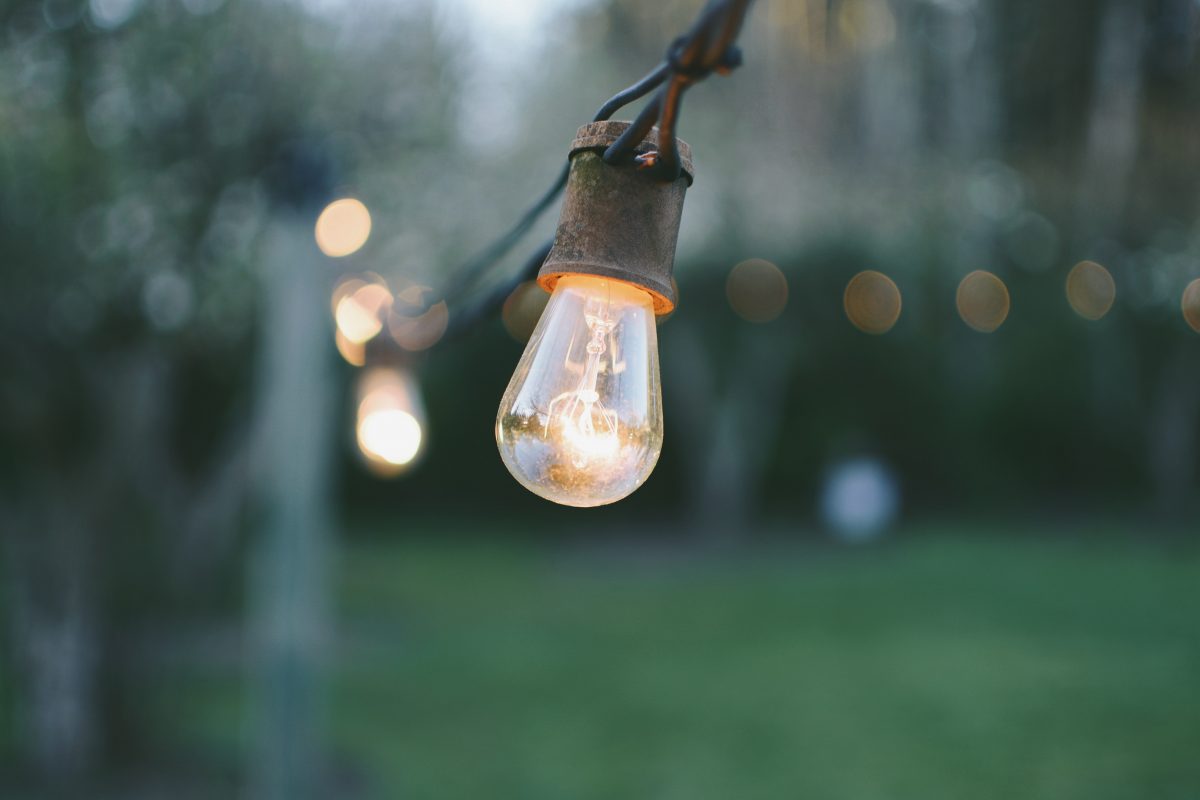The autumn and winter months can be a bit of a shock to the system once the summer season is finally over. After the clocks go back and the nights start to get darker earlier, this is usually the time the temperature starts to drop and households use more heating and power.
This has a drain on energy resources and it can also hit your finances hard too. Compare the cost of heating and lighting the home over the summer months to that of winter usage and you’ll notice a massive difference.
Whilst there’s nothing you can do about the changing seasons, there are steps you can take to limit the amount of energy your home uses.
Here’s a step-by-step strategy designed to lower energy consumption, follow it and it could make all the difference to your utility bills.
Step 1 – Switch to LED bulbs
On dark mornings and gloomy evenings it’s a little too easy to be over-zealous with lighting around the home. Only use lighting for the rooms you are using and this will save money on your future electricity bills. Plus if you switch to LED bulbs you will use up to 80% less energy and they’ll last way longer than incandescent lighting too.

Step 2 – Turn off appliances when not in use
As well as turning off lights, it’s a good idea to monitor the use of other electric items around the house. See something plugged in that isn’t be used and there’s nothing stopping you from pulling the plug. Electronic gadgets are the worst culprits, closely followed by mobile phone or tablet chargers that are left plugged in and switched on long after they have been of service.
Step 3 – Start monitoring energy levels
One way to prevent your household over-using energy this winter is to monitor electric hotspots around the home. Energy monitoring devices are the ideal solution for this purpose. Pick a portable unit, with wireless connectivity and it’ll clearly display your current electricity usage and it might just encourage you to use less.
Step 4 – Lower the household thermostat
Turn your household thermostat down a few degrees and this is another way to save household energy. You’ll hardly notice the drop in heat but you should notice the difference when you read your winter utility bill and see the amount of savings you have made.

Step 5 – Insulate the home
Good insulation will make your home feel warmer as you trap heat inside the house. Retain the warmth and you might not need to use your heating as much, which will certainly have an impact on energy bills. Areas to insulate include the roof, walls and flooring in the property. Double glazing stops heat escaping too, and seals around doors and windows will prevent draughts or chills getting into the property.
Step 6 – Dress appropriately
Finally, you’re not going to feel warm at home during the winter if you walk around the house in a vest and a pair of shorts. Dressing appropriately for the conditions will help you use less heating and save money on future bills. Simply by adding an extra layer, wearing cardigans, jumpers and slippers should make you feel warmer, there’s no need to turn the heating up all of the time.
Take these steps to save energy and reduce your utility bills this winter. For anything emergency power related, call us here at Generator Power, our hire service is ideal for emergencies, temporary or standby situations.








